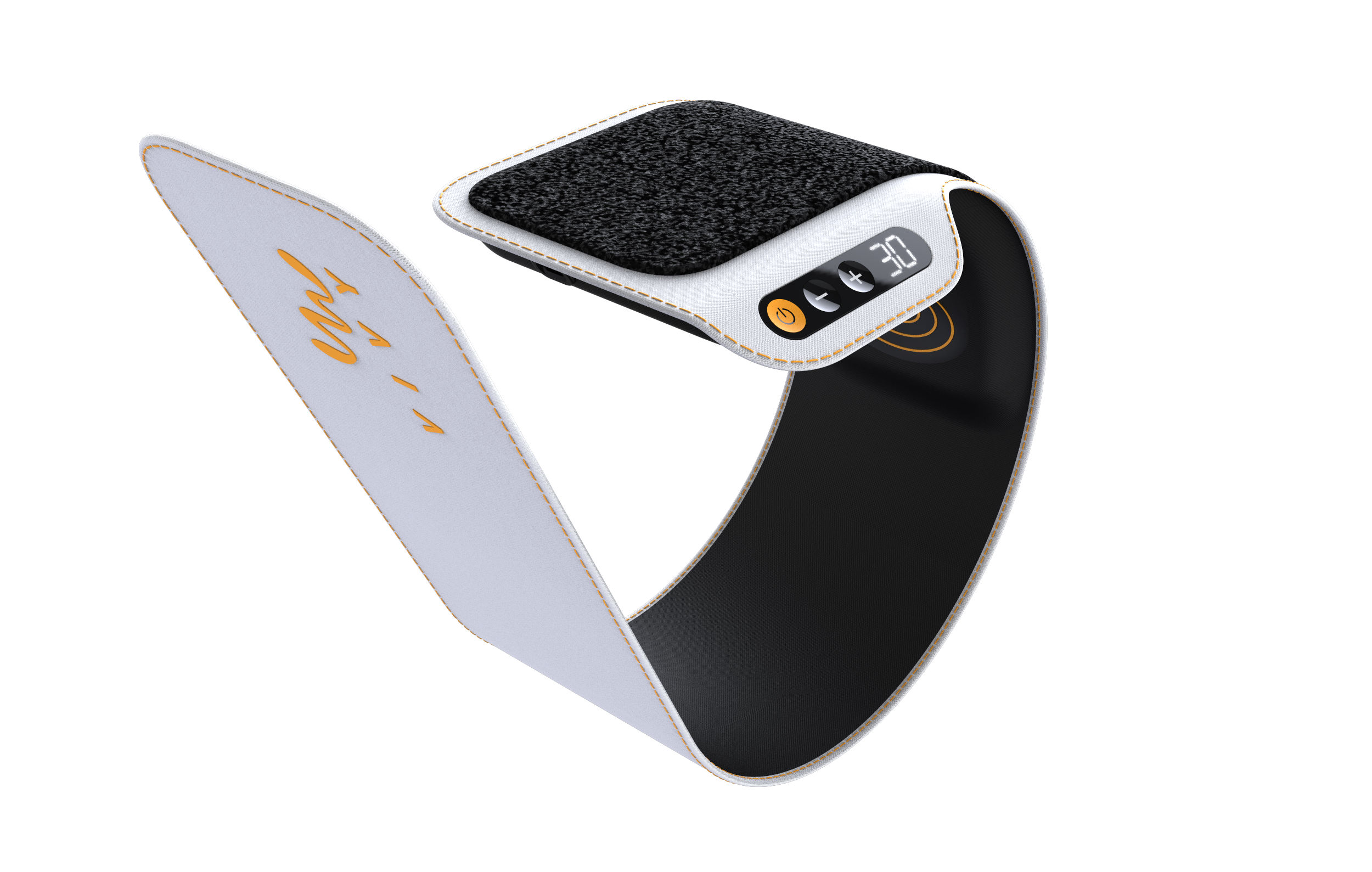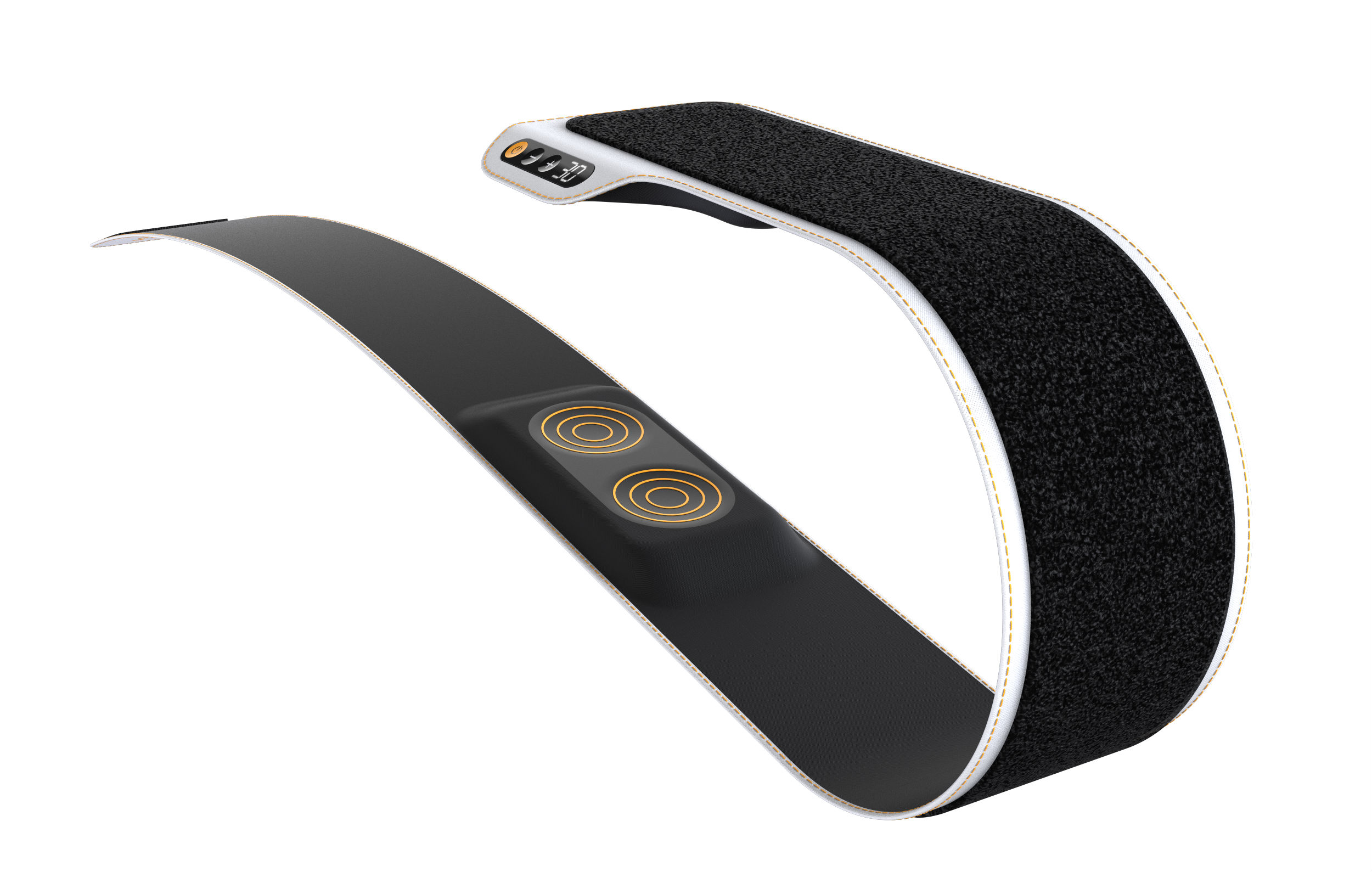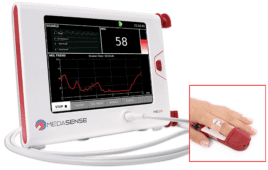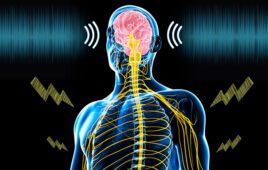Diathermy has become an important tool in medicine. For those who don’t know exactly what it is, diathermy is heat produced by high-frequency electric currents. Nikola Tesla (in 1891) is considered to be the first to discover that these currents achieved heat in the body and suggest its usefulness in medicine—though about the same time French physician and biophysicist Jacques Arsene d’Arsonval was also conducting experiments on AC’s interaction with the body.
Surgically, the extreme heat that diathermy produces is useful to get rid of warts, neoplasms, and infected tissues, and also in cauterizing blood vessels. More commonly, diathermy is used therapeutically to relax muscles, because the moderate heat application speeds blood flow and metabolism in the targeted area, relieving joint stiffness, relaxing muscles, and decreasing muscle spasms.
ReGear Life Sciences is trying to move shortwave diathermy treatment from the clinic to the home with a wearable device called VIVY, introduced during CES 2016 this past January, and is currently undergoing a round of funding on Indiegogo. The company already makes a clinical device called REBOUND, used by professional sports teams, college athletes, and physical therapy clinics, but VIVY is meant for the consumer. As it stands, VIVY is an investigational device awaiting FDA 510(k) clearance (which its clinical units already have.) ReGear hopes to begin shipping the device by spring 2017.
VIVY’s current prototype is a knee-wrap powered by rechargeable batteries, with a suite of built-in sensors that indicate when the diathermy session has ended. VIVY touts new designs for coil applicators and micro-power requirements in order to make diathermy easy to use and effective for the commoners. The first iterations of the device are meant for either the back or the aforementioned knee-wrap for the knee, thigh, or upper calf.

The knee-wrap version (All images credit: ReGear Life Sciences)

The back-wrap version
Of course, one has to ask: why use a diathermy wearable instead of a traditional heat patch or heating pad to treat muscle pain?
Traditional heat therapy doesn’t quite reach the affected area in cases where the source of the pain is deep in the tissue, like joint pain in the hip would be. The high frequency electromagnetic waves of shortwave diathermy are able to penetrate soft-tissue masses that cover deep muscles or joints.
There are risks associated with burns during diathermic treatment, but VIVY safeguards against this with automatic shutoff after a maximum half-hour session. ReGear also warns users not to use VIVY directly on the skin, and that it should definitely not be used by anyone with a metal implant because of the hazard of internal burns. Children should also refrain from using it because diathermy can alter bone growth.
MDT has experimented with non-diathermic heat therapy (in the form of infrared light), and I’m curious to see how it differs. Should the device be FDA-cleared for takeoff, it presents the opportunity to make a clinical treatment commercially available—which is excellent news for anyone trying to avoid breaking the bank on healthcare costs.




